Hollywood & Spine Archive: Halloweek, Part 3 - Evil Dies Tonight
An overview of the novelization to HALLOWEEN KILLS, originally published in November 2022.
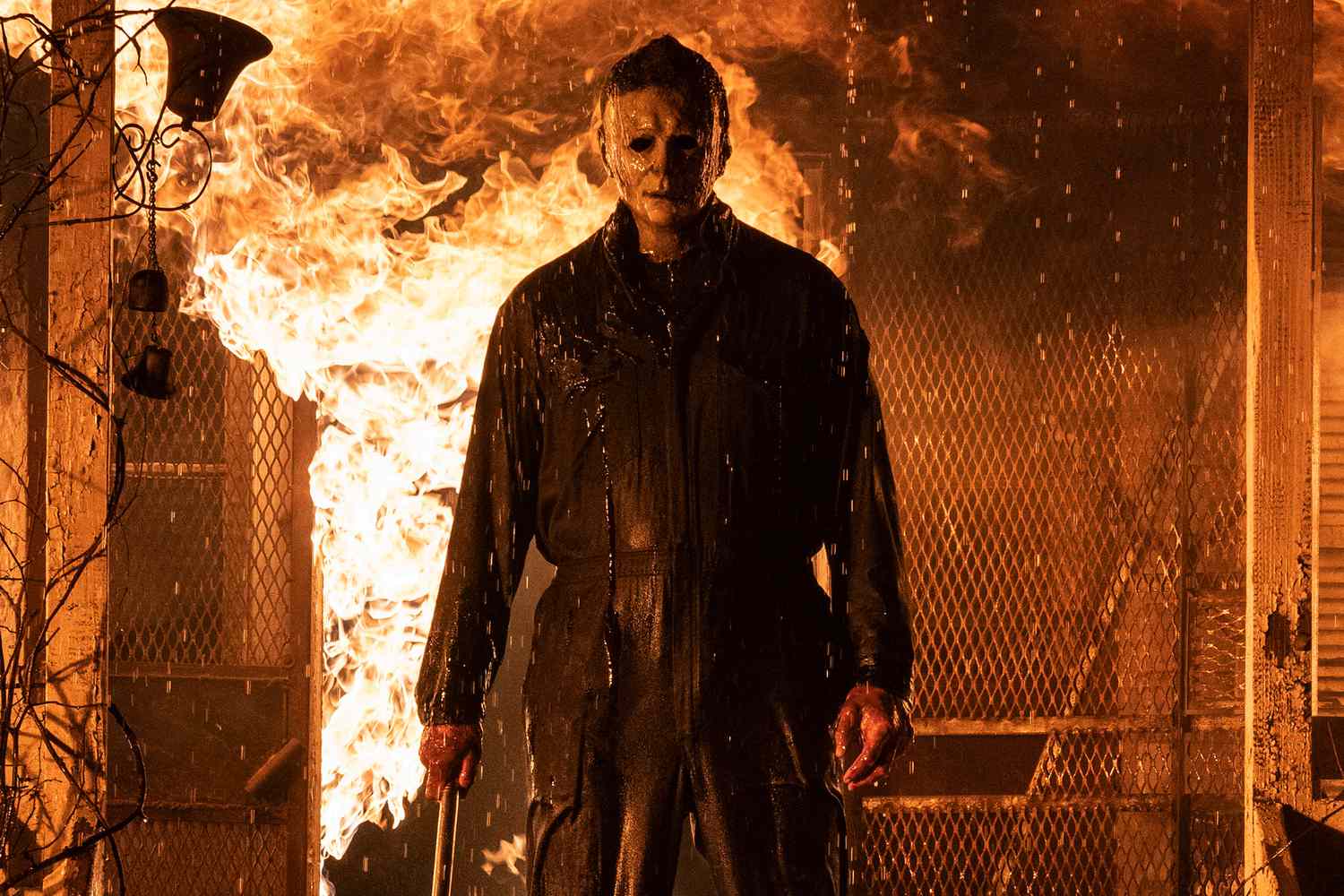
Slasher films often deny plausibility - that's the movies for ya - but Halloween Kills felt particularly off-kilter. A lot is going on here, including some really hamfisted messages. A disappointing follow-up to a surprisingly effective sequel...but how does the novelization stack up? (originally published 11/21/2022)
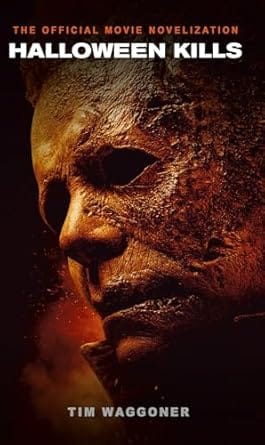
Halloween Kills: The Official Movie Novelization by Tim Waggoner (based on the screenplay by Scott Teems & Danny McBride & David Gordon Green; based on characters created by John Carpenter and Debra Hill) (Titan Books, 2021)
The pitch: Picking up immediately where 2018's sequel/reboot left off, Halloween Kills shines a light on the town of Haddonfield's outsize reaction to the murderous Michael Myers' return.
The author: A noted fantasy/horror author, Tim Waggoner penned three novelizations in 2017 alone: xXx: The Return of Xander Cage, Resident Evil: The Final Chapter and Kingsman: The Golden Circle - making him a prime candidate to adapt a franchise horror film with heavy doses of lore and carnage.
The lowdown: Halloween Kills is pretty easy to acknowledge as the least of David Gordon Green's three sequels to John Carpenter's original 1978 slasher classic. But some of its narrative threads are interesting enough: after addressing what the events of the original film did to Laurie Strode's psyche in the first film, Kills widens the lens to show Myers' lasting effects on other people who had the misfortune to cross his path, from those we knew (the children Laurie babysat and shielded from danger, played here by Anthony Michael Hall and Real Housewife Kyle Richards, reprising her role from the original film) to those we're just getting a sense of (Haddonfield police officer Frank Hawkins, thought dead in the last movie but shown alive and atoning for decisions we see he made as a rookie cop immediately after the original Halloween story ended).
As noted last time - and likely thanks in part to co-writer Danny McBride, who does the same thing so well in his TV comedies - the new Halloween films feature intriguing personalities in the margins of the story, who come and go in ways the viewer might not expect. A costumed couple that barely (and obliviously) misses Myers' attacks in the last film gets a sharper focus for the first third of the film, and threads are pulled out of throwaway details (Haddonfield is still reckoning with the bus crash of Smith's Grove inmates that precipitated Michael's escape, and the masked killer is not the only refugee on the loose).
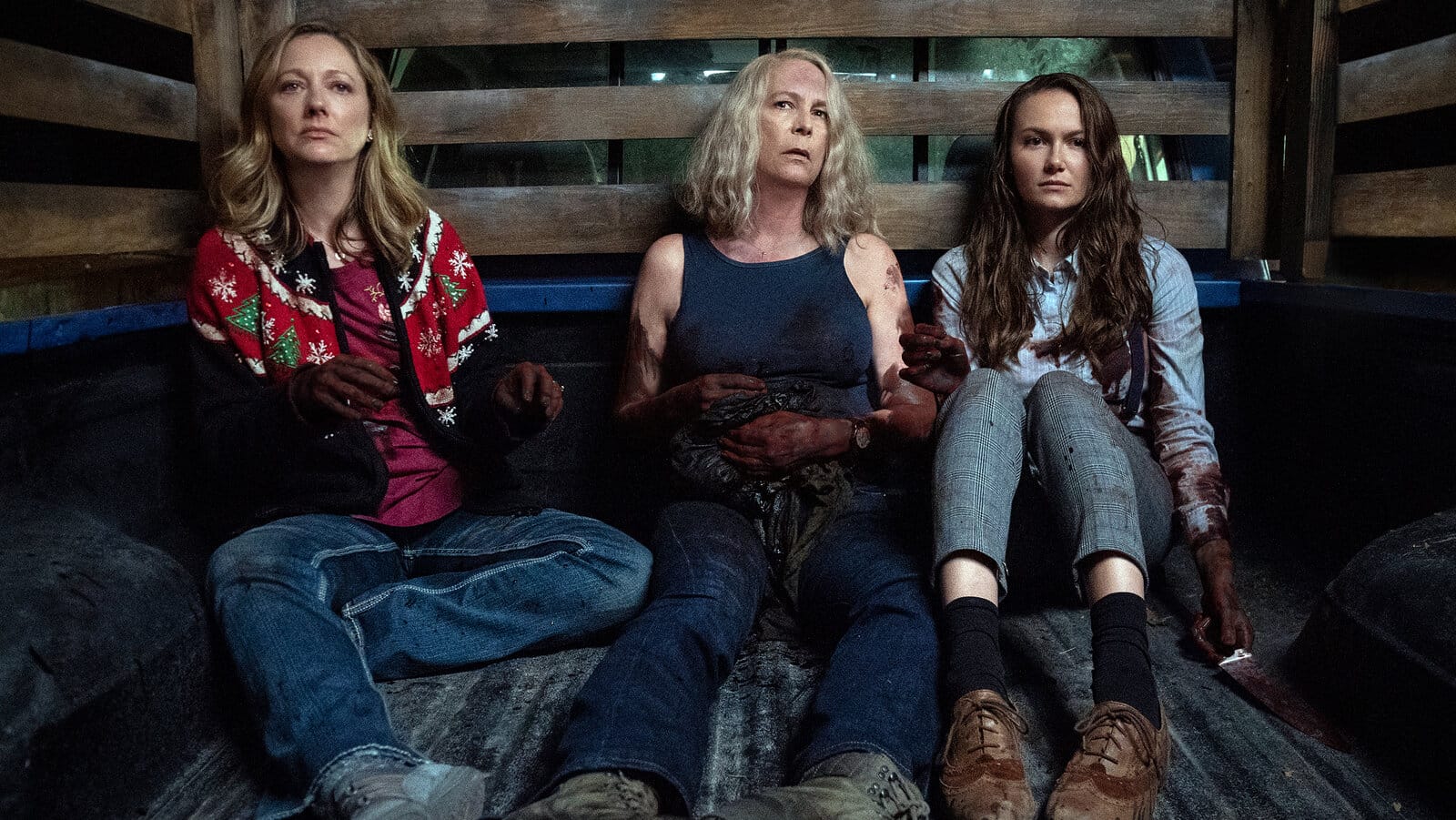
All of this is offset in the film with some really clunky details: the brutality of Michael Myers ramps up to an almost cartoonish degree in this film; Laurie Strode is inexplicably sidelined for most of the story; and the social commentary of fighting Myers' evil with mob violence is shockingly hamfisted on film. (Charles Cyphers, returning as the former sheriff from the first Halloween film, practically looks into the camera as he gravely notes that we are also turning into monsters - ostensibly an attempt at meta-commentary on American tyranny less than a year after rioters stormed the U.S. Capitol.)
This is all a lot for a novelization to balance, and Waggoner does it about as well as the movie - with all the good and bad that entails.
The good stuff is really good: we get a lot more time with the original survivors of the film, and how Michael Myers' fury affected them in different ways. Lonnie Elam, a former school bully who survived his own encounter with Myers - and whose son, Cameron, is the wayward boyfriend of Laurie's granddaughter Allyson - self-published his own book on the murders, complete with insight from Laurie and Michael's pyschologist Dr. Loomis. Tommy Doyle, played with brutish candor by Hall, let himself be consumed by a desire for avenging Laurie's trauma, steeping himself in the lore of Halloween and tattooing himself with a rune of Thorn. (It's one of a few cheeky references to the non-canon sequels; another character recognizes kids in Silver Shamrock masks and remembers how dangerous parents regarded them when he was a child.)
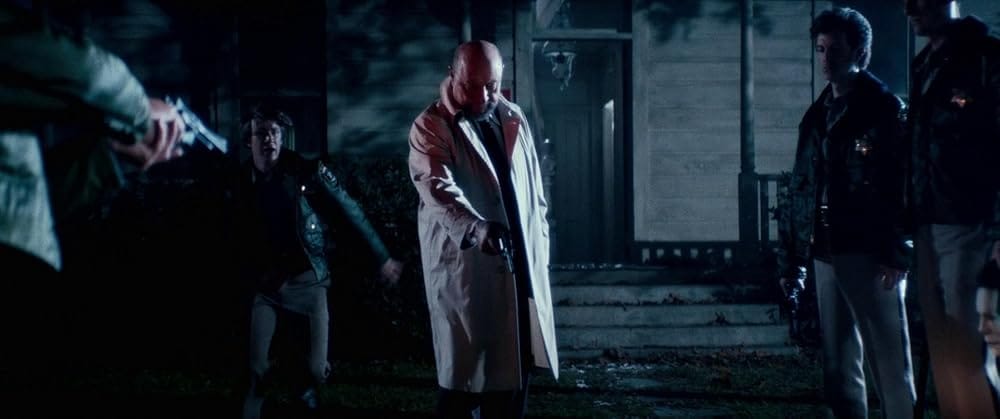
Our newer main characters from the last film also get some interesting story threads. Waggoner does a terrific job of taking us into the mind of Karen, Laurie's daughter, who has to come to grips with the fact that her mother was right about the killer that stalked her 40 years prior, and how she'll deal with that regret and fear when it turns out they didn't burn him to a crisp in the last film.
Perhaps the best novel-only exposition might be that of Tivoli, the other patient who escaped from the bus crash in the last film. He's a simple soul who was tied up and abused as a child, and is so prone to violent urges when he sees ropes. (This brilliantly explains a throwaway line at the beginning of the first film, when a character is urged to tie a loose shoelace lest it upset Tivoli.) As in the film, he is mistaken for Myers and becomes an unintended victim of Haddonfield's bloodlust, in passages loaded with pathos and tragedy.
But other parts of the book threaten to upset this narrative order. We again return to Myers' psyche in the form of brief, italicized, present-tense passages offering clunky underlining of the fact that yes, he's a psychopathic killer with no reason behind him. Putting us in his head even fleetingly really over-promises and under-delivers, especially with the implications (as in the first book) that the mask somehow makes him feel complete - and perhaps, most murderous.
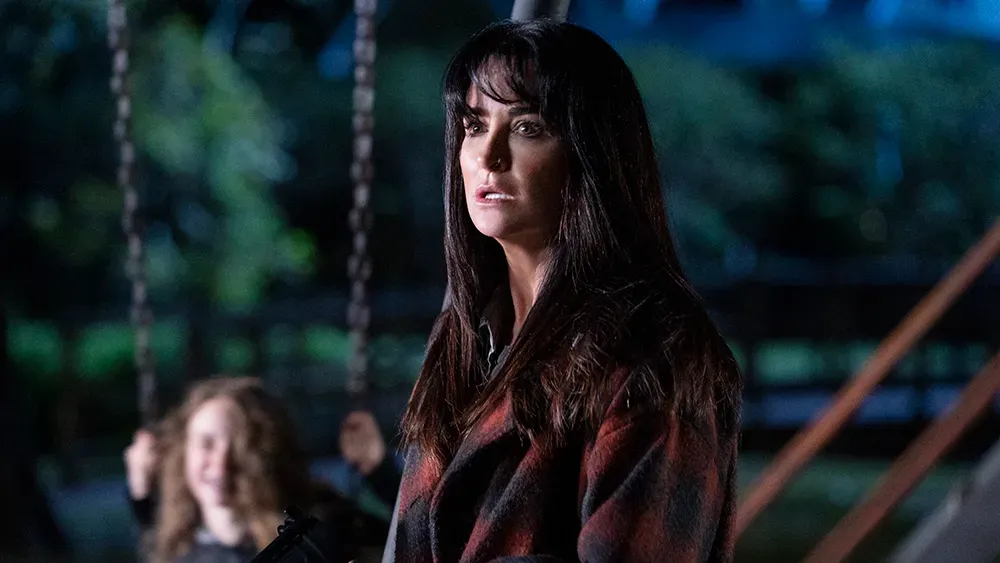
The most damaging narrative choice in the book, however, comes after the mob has led Tivoli to take his life at Haddonfield Memorial Hospital. Here, Tommy actually looks inward, considers how his rage has caused this second wave of violence, and prepares to atone - only for Karen to recruit him and the mob to try to take down the real Myers. It's a bad, out-of-character moment for Laurie's daughter - who protects Tivoli from the violence as best she can - and almost seems to make her responsible for her own demise at the end of the story.
Laurie, for her part, feels remorse too: that she passed on the fear and darkness to someone who didn't deserve exposure to it. This taps into a theme lurking beneath all the Green Halloween films - that gazing into the abyss of such undefinable evil accidentally helps it take hold elsewhere. But I don't think this gorefest is a satisfying test of that theory.
The slashing room floor: An extended cut of the film issued on Blu-ray contained just about all of the extra scenes the reader experiences here. Early on, Karen wanders into the hospital morgue in an attempt to gain closure over her late husband (the last of Myers' victims in the previous film), while Allyson has an encounter with Brackett, the onetime sheriff of Haddonfield who's now a security guard in the hospital. Most infamous is a coda to the violent finale, where Laurie calls her daughter, discovers her fate at the hands of Myers (his signature breathing into the phone is the tell), and promises a vengeful reunion with the killer. (Wonder how that'll play out in the Halloween Ends novelization!)
Continuity kills: Like Kills, Halloween Ends will amend the body count of the film that came before it - but Sondra, the cemetery groundskeeper from the first film who meets a gruesome (but survivable) fate in Kills, sure seems pretty dead in this text. Viewers of the sequel know she'll pop back up, though - one of the more affecting moments in that final film.
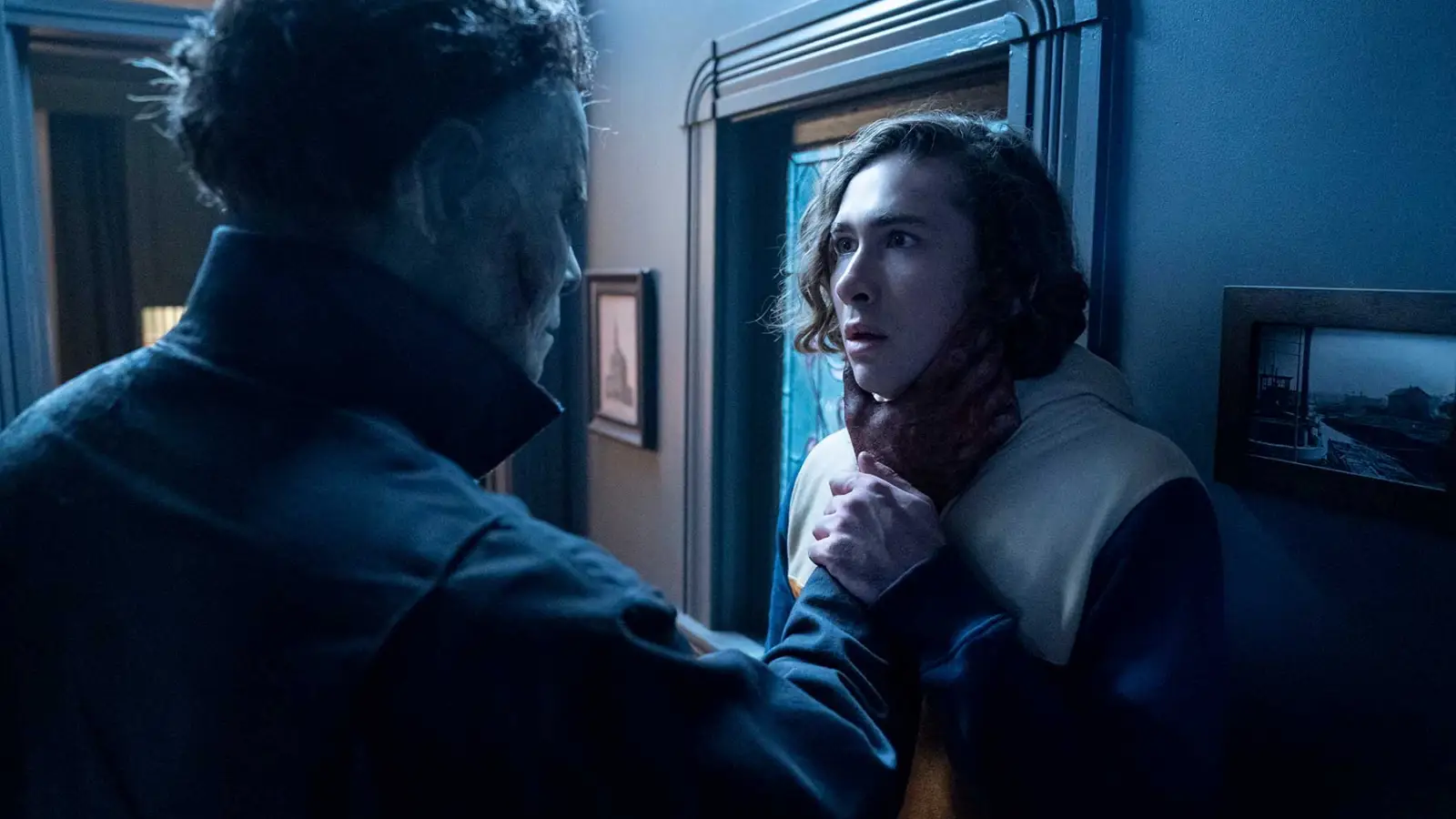
The last word: For better or worse, Halloween Kills is about as good a book as a film, and the novel's extra perspectives are satisfying yet short.
